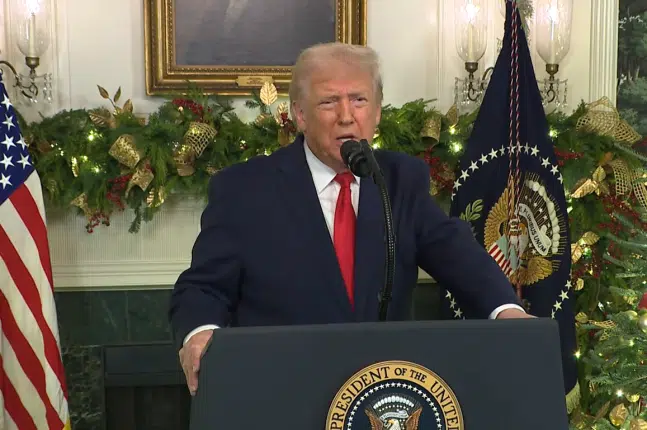
President Donald Trump was elected in 2016 – and again in 2024 – on a mandate from the people to put an end to the illegal immigrant crisis and implement citizens-first immigration reform.
The mandate was clear: America is a nation of laws, and illegal immigration violates our laws and presents an array of criminal and economic issues that cannot be ignored.
However, there is now an increasing sentiment among many voters that legal immigration is the next challenge that must be tackled.
While the United States has a proud early history of offering opportunity to immigrants, data shows that over the past sixty years a growing share of American-born citizens are being displaced from the workforce.
The latest report from the Center for Immigration Studies (CIS) shows an alarming correlation between increased immigration levels and decreased levels of employment for American citizens over the past sixty years. Those without a college degree have been displaced at the highest rate.
The latest CIS report shows that the share of working-age U.S.-born men who have been left out of the labor force has doubled since 1960.
According to the report’s findings, if the current labor participation rate among working-age U.S.-born men today matched the numbers from 1960, a full nine million men – slightly larger than the whole population of Virginia – would be employed today. However, due largely to labor displacement, nine-million men are currently out of the labor force.
The study’s lead author summed up the dark reality of relying on foreign labor: “Relying on immigrant workers has allowed our country to ignore the decades-long decline in labor force participation,” said Steven Camarota, the Center’s Director of Research and the report’s lead author. “Reducing immigration would cause wages to rise, incentivizing work and compelling policymakers to undertake much-needed reforms in welfare and disability programs.”
Americans tend to agree. When the public was asked in a recent Rasmussen poll whether Congress should increase the number of “highly skilled” foreign workers to fill white-collar jobs, Americans largely said “no”.
The poll found that by 34 points – 60 percent to 26 percent – Americans said the U.S. already has enough skilled people to train and recruit for jobs and doesn’t need to rely on foreign labor. A mere 26 percent of Americans said the U.S. needs more foreign workers to fill roles.
Democrats agreed that the U.S. already has enough talented people to fill most white-collar roles by ten points – 47 percent to 37 percent. Non-partisans agreed by a full 41 points – 63 percent to 22 percent.
While the immigration reform landscape is both nuanced and delicate – because it touches on not only economic destiny but also culture and crime – Americans are increasingly voicing their desire to see immigration put on pause, at least for a period of time.
The latest YouGov survey shows that the largest share of Americans – 31 percent – want to see immigration decreased, and Americans say by 24 points – 41 percent to 17 percent – they either want immigration decreased or reduced to zero rather than increased.
Hispanics show the greatest interest in decreasing immigration levels, with 37 percent of Hispanics compared to 31 percent of both Black and white voters favoring reduced immigration levels.
While Trump voters show the largest interest in decreasing or halting immigration – 61 percent – nearly a quarter of Harris voters feel the same way – 24 percent.
When asked whether immigration generally makes the country better or worse off, the largest share of Americans – 34 percent – say immigration generally makes the country worse off in the modern era.
While the radical left largely attempts to portray immigration critics as bigoted or otherwise driven by ill will, the reality is there are a myriad of logical reasons to be concerned about the unsustainable level of immigration that has become normalized. A broad coalition of voters seek citizens-first reforms to the immigration system.
Manzanita Miller is the senior political analyst at Americans for Limited Government Foundation.






